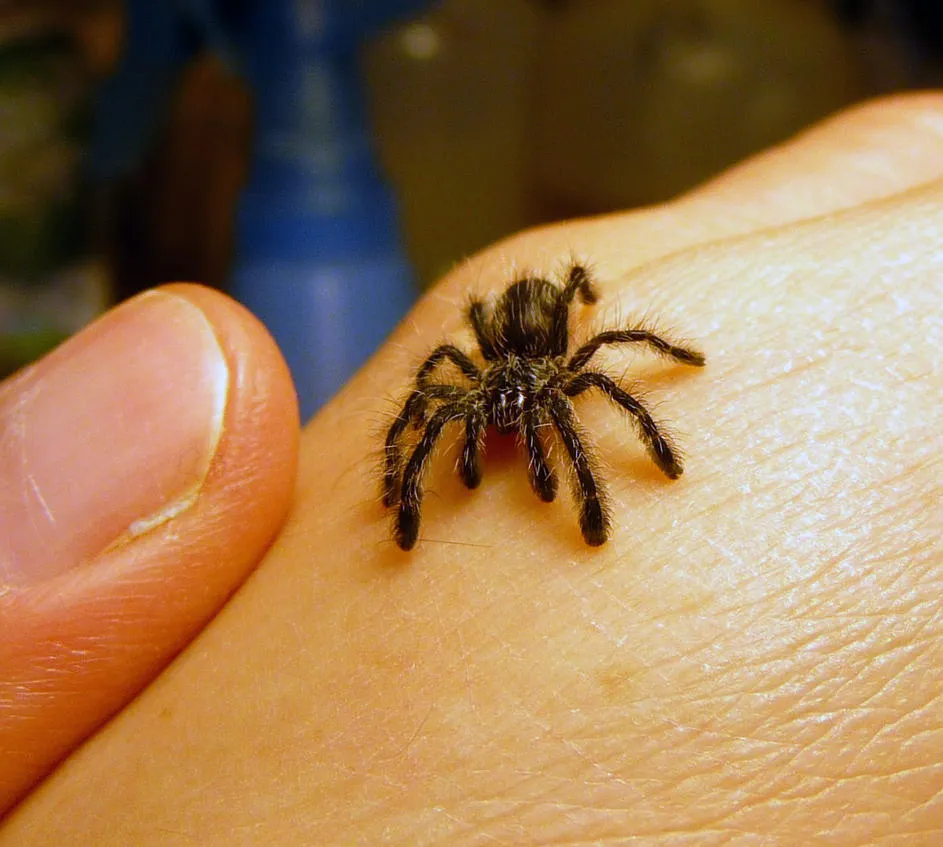Baby Tarantula Care 101
Raising a baby tarantula can be an incredibly rewarding experience, offering a unique glimpse into the fascinating world of arachnids. These tiny creatures, often referred to as spiderlings, require specialized care to thrive. This comprehensive guide, “Baby Tarantula Care 101: Top Tips,” will provide you with the essential knowledge and practical advice to ensure your baby tarantula lives a long, healthy, and fulfilling life. From choosing the right species and setting up the perfect habitat to understanding their feeding habits and handling them safely, we’ll cover everything you need to know to become a successful tarantula parent. Get ready to embark on a captivating journey into the world of these eight-legged wonders. Before you bring your new pet home, it’s essential to understand that caring for a baby tarantula demands a significant commitment and attention to detail. Baby tarantulas are delicate and require a stable environment and consistent care to survive. This guide is designed to provide a solid foundation, so you can provide the best possible care for your new pet.
Choosing Your Baby Tarantula
The first step in baby tarantula care is selecting the right species. Not all tarantulas are created equal; some are more suitable for beginners than others. Researching different species is crucial. Consider the tarantula’s temperament, size, and care requirements. Some species are known for being more docile, while others can be more defensive. It’s also important to consider the tarantula’s size; some species can grow quite large, requiring larger enclosures and more food. The availability of the species in your area is also a key factor. Some species are more readily available than others, and the cost can vary widely depending on the species and where you purchase it. Additionally, look for a reputable breeder or pet store. Buying from a reputable source increases the likelihood that you will get a healthy tarantula. Avoid purchasing a tarantula from an unknown source, as the tarantula may be sick or improperly cared for.
Species Selection

For beginners, consider species like the Chilean Rose Hair (Grammostola rosea), the Mexican Red Knee (Brachypelma hamorii), or the Pinktoe tarantula (Avicularia avicularia). These species are generally known for being docile and easy to care for. The Chilean Rose Hair is known for its calm temperament and tolerance of handling, making it a good choice for beginners. The Mexican Red Knee is also a popular choice, known for its striking coloration and relatively calm nature. Pinktoe tarantulas are arboreal, meaning they live in trees, and have unique care requirements, including higher humidity. Remember that each species has unique needs, so research thoroughly before acquiring any tarantula. Remember that all tarantulas have the potential to bite and should be treated with respect.
Health Checks
Before purchasing a baby tarantula, carefully examine it for signs of illness or injury. Look for a tarantula that is alert and responsive. The tarantula should be moving around normally and should react to stimuli. Check for any missing limbs or abnormalities. A healthy tarantula will have all its legs and pedipalps, and the body should be symmetrical. Observe the tarantula’s abdomen for any signs of injury or parasites. The abdomen should be firm and plump, not shriveled or deflated. A shriveled abdomen may indicate dehydration or starvation. The tarantula should also be free of parasites, such as mites. Mites can be seen as tiny, moving specks on the tarantula’s body. If you notice any signs of illness or injury, do not purchase the tarantula. It is important to remember that a sick tarantula is less likely to thrive and may require expensive veterinary care.
Setting Up the Perfect Habitat
Creating the right environment is crucial for your baby tarantula’s well-being. The habitat should mimic the tarantula’s natural environment as closely as possible. This includes the correct enclosure size, substrate, temperature, and humidity. A well-designed habitat provides a safe and comfortable space for the tarantula to grow, molt, and thrive. A poorly designed habitat can lead to stress, illness, and even death. Baby tarantulas are small and delicate, so the habitat setup must be carefully considered. Let’s dive into the specifics of each element, ensuring your baby tarantula has the perfect home.
Enclosure Size
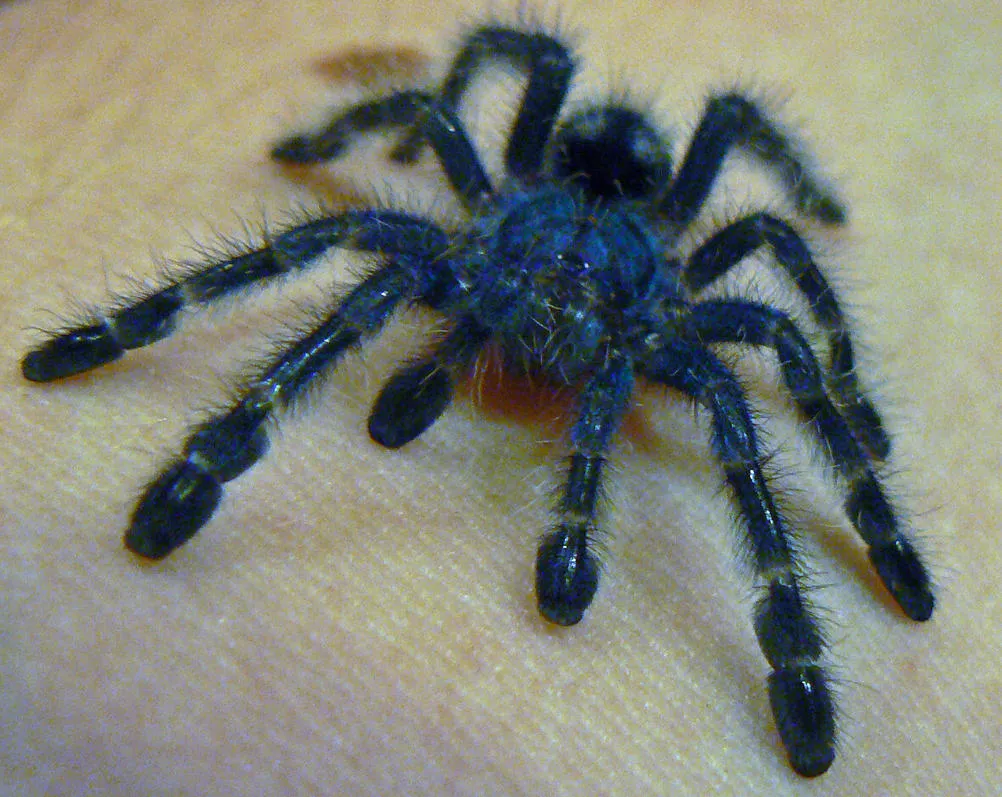
The size of the enclosure is critical. A baby tarantula doesn’t need a large enclosure, as it can make it difficult for them to find food and can stress them out. A good rule of thumb is to provide an enclosure that is approximately three times the tarantula’s leg span in length and width. For a baby tarantula, a small deli cup or a plastic container with ventilation holes is often sufficient. As the tarantula grows, you’ll need to upgrade to a larger enclosure. Remember to provide ventilation holes to ensure proper air circulation. Avoid enclosures with mesh lids, as the tarantula’s legs can get stuck in the mesh, leading to injury. The enclosure should also have a secure lid to prevent escapes. Always choose an enclosure made of a non-toxic material. Glass or plastic enclosures are the best choices.
Substrate Selection
The substrate is the bedding material that covers the bottom of the enclosure. It serves several purposes, including providing a place for the tarantula to burrow (if the species is a burrowing species), maintaining humidity, and absorbing waste. The best substrate for baby tarantulas is a mixture of coco fiber and peat moss. Coco fiber is a natural and sustainable substrate that holds moisture well and is safe for tarantulas. Peat moss also retains moisture and is a good insulator. Avoid using substrates such as sand, gravel, or wood shavings, as they can be harmful to your tarantula. The substrate depth should be approximately twice the tarantula’s leg span, providing enough space for the tarantula to burrow. Replace the substrate regularly to prevent mold and bacterial growth. It is crucial to maintain a clean and healthy substrate environment to prevent health problems.
Temperature and Humidity
Temperature and humidity are critical factors in the care of your baby tarantula. Most species thrive in temperatures between 75-85°F (24-29°C). You can use a heat mat or a small heat lamp to maintain the correct temperature, but it’s crucial to avoid overheating the enclosure. Use a thermometer to monitor the temperature regularly. Humidity requirements vary depending on the species. Some species require higher humidity levels than others. Use a hygrometer to measure the humidity level. You can increase humidity by misting the enclosure with water, adding a water dish, or using a substrate that retains moisture well. It’s essential to strike a balance. Too much humidity can lead to mold growth, while too little can cause dehydration. Ensure proper ventilation to avoid excessive humidity.
Feeding Your Baby Tarantula
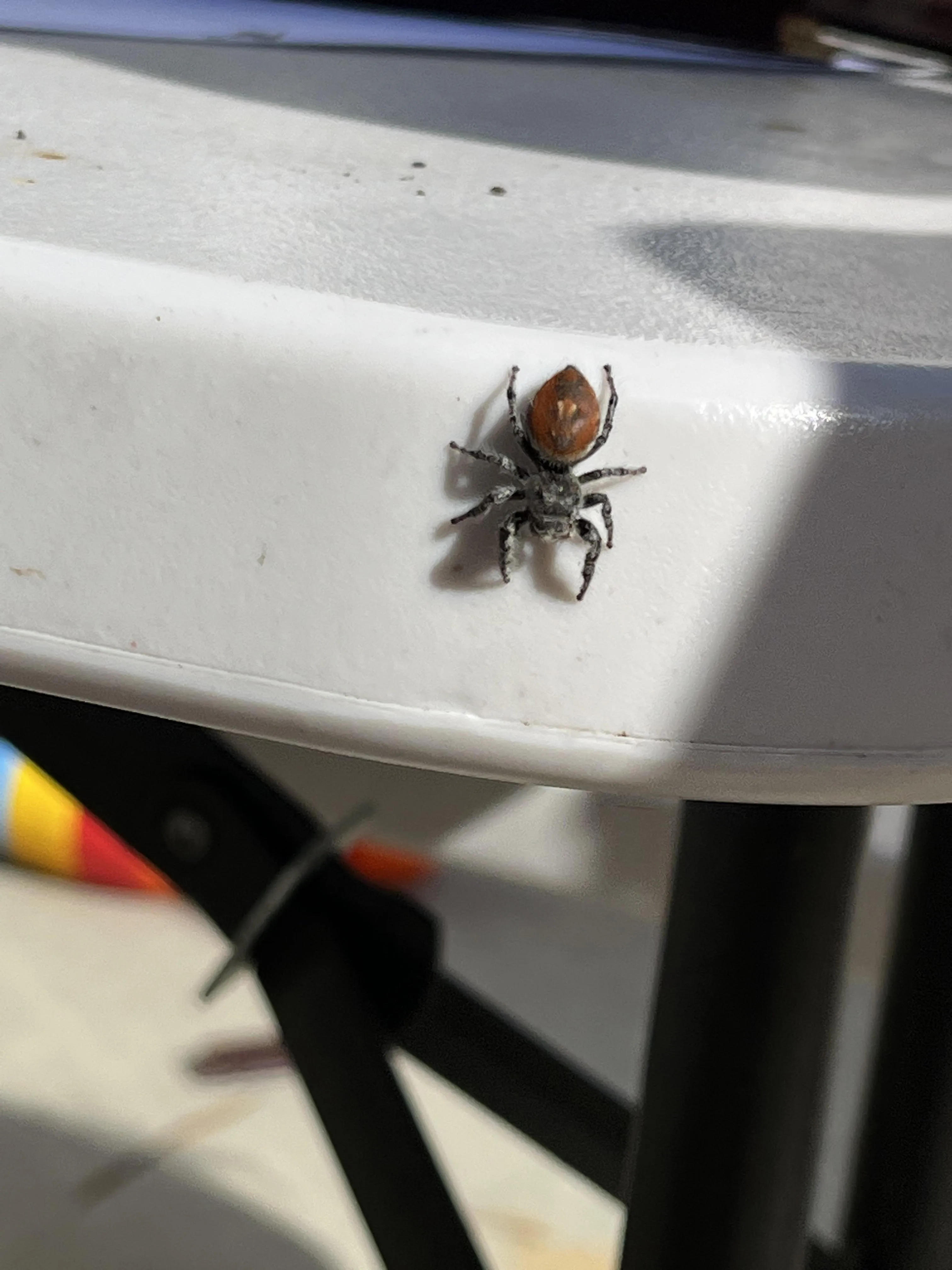
Feeding is a crucial aspect of baby tarantula care. Baby tarantulas have a high metabolism and require regular feeding to grow and thrive. The type, frequency, and method of feeding all play important roles. The right feeding strategy is essential for your tarantula’s health and growth. Regular feeding provides the necessary nutrients for growth, molting, and overall health. The feeding process also allows you to observe your tarantula, ensuring it is healthy and active. Understanding the feeding process is fundamental in baby tarantula care, ensuring their well-being and longevity.
What to Feed
Baby tarantulas eat small insects. The most common food sources include flightless fruit flies, pinhead crickets, and small roaches. The size of the prey should be appropriate for the size of the tarantula. Generally, the prey should be no larger than the tarantula’s body. Avoid feeding your tarantula prey that has been exposed to pesticides. It’s best to purchase insects from a reputable pet store or breeder. Before feeding, it is helpful to gut-load the insects by feeding them nutritious food such as fruits, vegetables, and commercial insect food. This ensures your tarantula gets the maximum nutritional benefit. Avoid overfeeding. Offering too much food can lead to the tarantula refusing to eat and may cause stress.
Feeding Frequency
The feeding frequency depends on the tarantula’s size and growth rate. Baby tarantulas, especially those in their first few instars, may need to be fed two to three times per week. As the tarantula grows, you can reduce the feeding frequency to once or twice a week. Monitor your tarantula’s abdomen. A well-fed tarantula will have a plump abdomen, while a hungry tarantula will have a shrunken abdomen. If your tarantula refuses to eat, it may be preparing to molt or may be stressed. Avoid offering food if the tarantula is about to molt, as the stress can lead to injury. Always remove uneaten prey within 24 hours to prevent stress and prevent the prey from harming your tarantula. Adjust the feeding schedule according to the tarantula’s behavior and growth.
Watering Your Tarantula
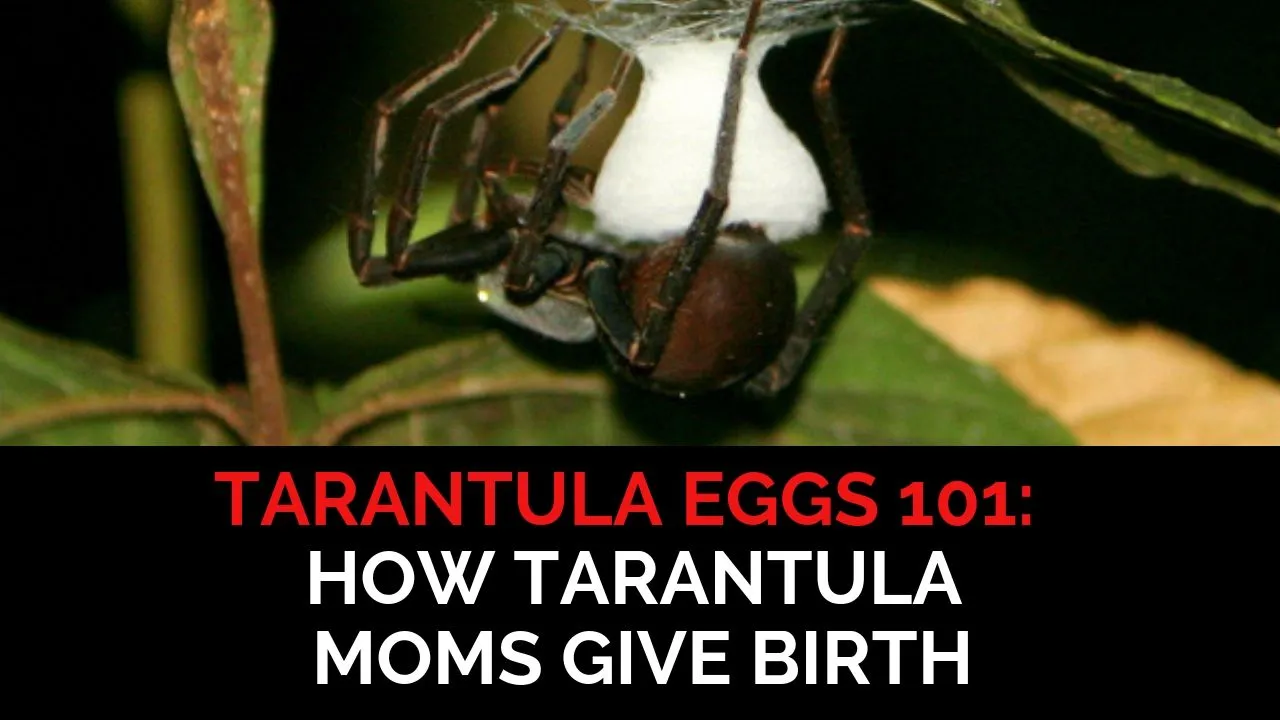
Water is essential for your baby tarantula’s survival. They need a constant supply of fresh water to stay hydrated and to help them molt successfully. Providing water is a crucial part of their daily care routine. There are several methods to provide water, and it is essential to provide the correct method. Dehydration can be fatal, so providing a reliable water source is critical to their health. The right water source can ensure proper hydration, promote successful molting, and support overall well-being. Water is essential for the tarantula’s metabolism and other biological processes.
Watering Your Tarantula
The best way to provide water is to place a shallow water dish in the enclosure. The water dish should be shallow enough to prevent the tarantula from drowning. Use a water dish made of non-toxic materials. Always use clean, fresh water. You should change the water daily to prevent bacterial growth. You can also mist the enclosure with a spray bottle to provide humidity and water droplets for the tarantula to drink. Be careful not to over mist, as excessive humidity can cause mold growth. Some tarantula keepers also provide water by placing a cotton ball soaked in water in the enclosure. However, this method requires frequent replacement and may not be as reliable as a water dish.
Molting and Growth
Molting is a natural process for all tarantulas. As they grow, they shed their exoskeletons to allow for growth. Understanding this process and how to assist your tarantula is an important aspect of care. The molting process is a critical stage in the life of a tarantula. It is a vulnerable time, and proper care is essential to ensuring a successful molt. The frequency and process are also indicators of their health. During molting, tarantulas shed their exoskeleton, which is the outer covering of their body. This allows them to grow larger. Baby tarantulas molt frequently, sometimes every few weeks. As they mature, the molting frequency decreases. Molting is a vulnerable time for tarantulas, and it is essential to understand the process to provide the best care possible.
Understanding Molting
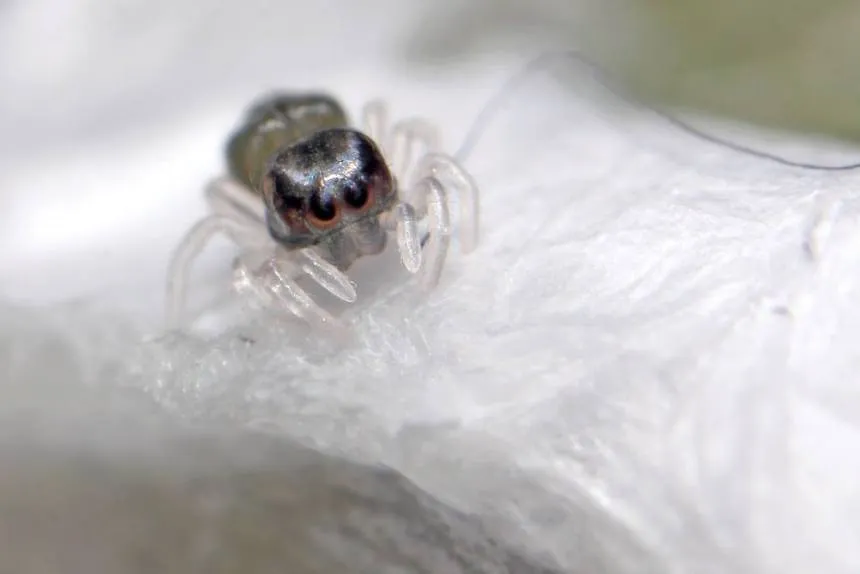
Before molting, tarantulas may stop eating, become lethargic, and their abdomen may appear darker. They may also start to build a web mat or lie on their backs. Do not disturb your tarantula during the molting process. The process can take several hours or even days. Provide a humid environment during molting by misting the enclosure. After molting, the tarantula’s new exoskeleton will be soft and vulnerable. Do not feed your tarantula for several days after molting until the exoskeleton hardens. Molting is essential for the tarantula’s health and growth, so it is crucial to allow it to happen naturally without interference. If a tarantula gets stuck during molting, it may require assistance from an experienced keeper, but this should be avoided unless absolutely necessary.
Growth Stages
Baby tarantulas go through several growth stages, also known as instars. The number of instars varies depending on the species. Each instar represents a period of growth between molts. As the tarantula molts, it sheds its exoskeleton and grows larger. The size of the tarantula will increase with each molt. Provide the appropriate sized enclosure for each stage. The frequency of molting decreases as the tarantula matures. The adult stage is reached when the tarantula can no longer molt. It is important to keep track of the molts and growth stages, as this information will provide insight into the tarantula’s overall health and development. Provide the right environment to ensure the tarantula can grow through all of its stages successfully. As they mature, tarantulas also display different behaviors and colorations.
Common Problems and Solutions
Even with the best care, baby tarantulas can encounter health problems. Recognizing and addressing these issues promptly is essential for their well-being. Several common problems can affect baby tarantulas, including dehydration, mold, and mites. Understanding how to identify and address these problems will provide better care and ensure your tarantula has a healthy life. Early detection is the key to successful treatment. Proactive care is necessary to prevent or minimize any health issues. This information is essential for new tarantula owners.
Preventing Escapes
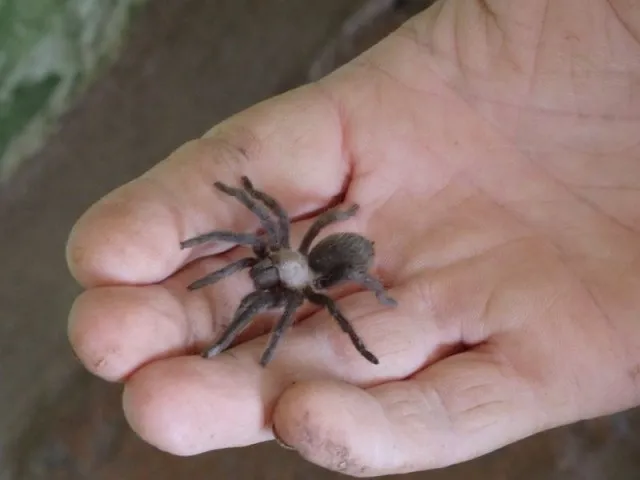
Escapes are a serious concern when keeping baby tarantulas. These tiny creatures are surprisingly agile and can squeeze through small openings. Always ensure that the enclosure has a secure lid. Check the lid regularly to ensure it is properly secured. Avoid using mesh lids, as tarantulas can sometimes squeeze through the mesh. When opening the enclosure, do so carefully and slowly. Ensure the room is escape-proof before opening the enclosure. If a tarantula does escape, remain calm. They are generally not aggressive and will likely try to hide. Search the area thoroughly, checking under furniture and in dark places. Contact a local pet store or tarantula expert for assistance if you cannot locate your tarantula. Prevention is the best approach. Always be vigilant and take precautions to prevent escapes.
Dealing with Refusal to Eat
A baby tarantula that refuses to eat can be a cause for concern. Several factors can lead to a tarantula refusing food. The tarantula may be preparing to molt. If the tarantula is about to molt, it will likely stop eating. The enclosure temperature may be too low, which can slow down the tarantula’s metabolism and reduce its appetite. The tarantula may be stressed. Stress can be caused by various factors, including a noisy environment or improper handling. The prey may be too large. Offer smaller prey items. The tarantula may have mites or other parasites. Inspect your tarantula for signs of illness or parasites. If your tarantula refuses to eat, first check its environmental conditions. Ensure the temperature and humidity are correct. Avoid handling or disturbing the tarantula unnecessarily. Remove any uneaten prey from the enclosure within 24 hours. If the tarantula continues to refuse food for an extended period, consult with a veterinarian or experienced tarantula keeper.
Handling Your Baby Tarantula
Handling baby tarantulas is not generally recommended, as they are delicate and easily injured. The best way to observe and interact with your tarantula is to watch it in its enclosure. However, if you must handle your tarantula, it must be done with extreme caution. Avoid handling if the tarantula is about to molt or has recently molted. Handling can cause stress and injury. Handling should also be kept to a minimum. The more a tarantula is handled, the more stressed it may become. It is better to avoid unnecessary handling. If you decide to handle your tarantula, follow these precautions. Remember that every tarantula is different, and some may be more prone to bite than others. Safety is paramount.
When to Handle
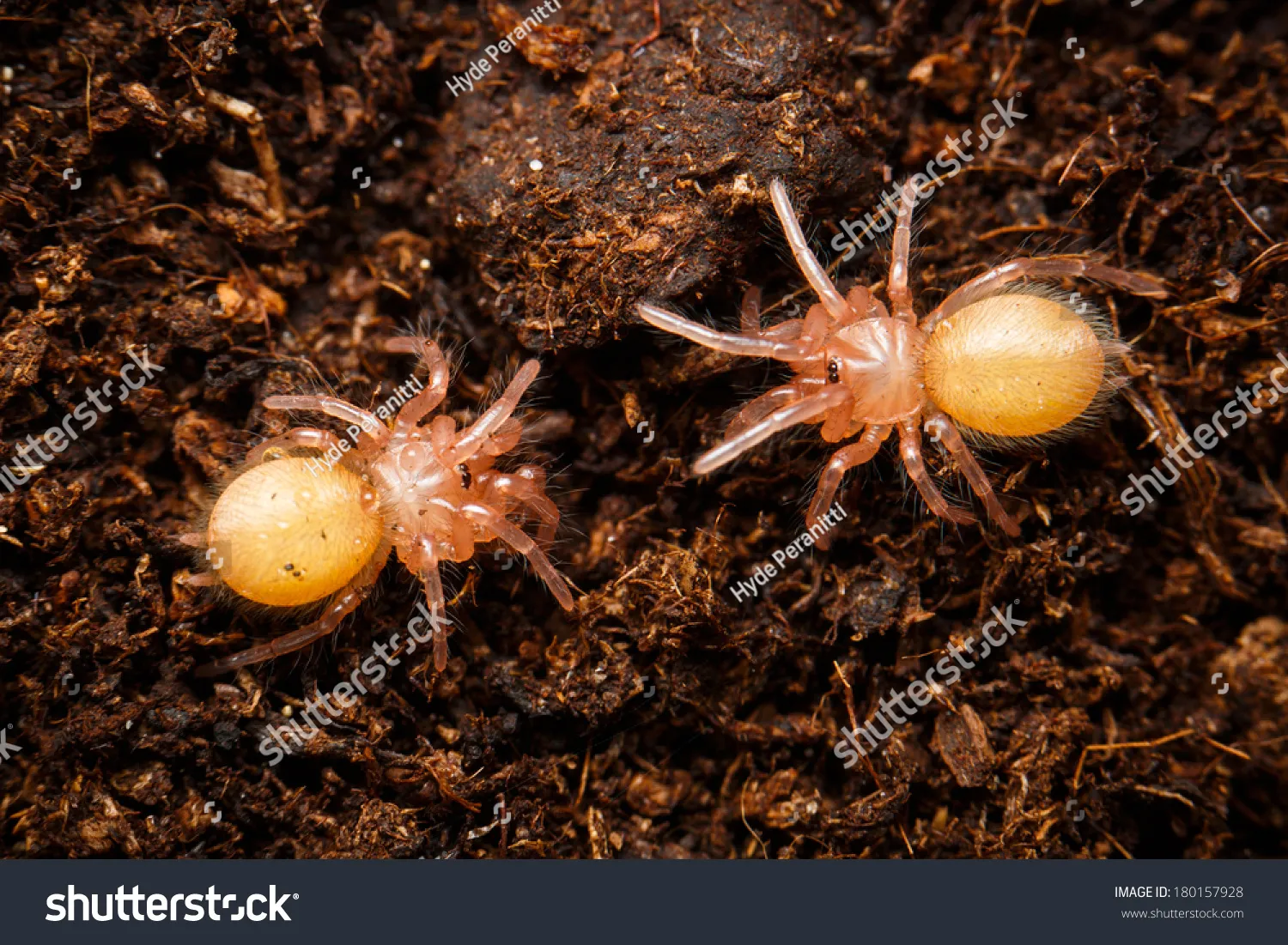
The decision to handle your baby tarantula should be made with caution. As mentioned, it’s generally best to avoid handling unless absolutely necessary. If handling is required, such as for enclosure cleaning or moving the tarantula to a different location, do so only when the tarantula is calm and not in a vulnerable state, such as before or after a molt. Avoid handling if the tarantula shows any signs of stress, such as raising its front legs in a threat posture or flicking hairs off its abdomen. Before handling, make sure you have a safe and secure area for the tarantula to move around. This can be a clear container or a surface where you can easily keep track of the tarantula. If you are unsure, it is always better to err on the side of caution and avoid handling. Prioritize the safety and well-being of your pet.
How to Handle Safely
If you decide to handle your baby tarantula, take these precautions to ensure your safety and the tarantula’s well-being. Always handle the tarantula over a soft surface, such as a bed or a table covered with a blanket, in case it falls. Use a gentle approach and avoid sudden movements. Approach the tarantula slowly and allow it to walk onto your hand. Never try to grab or force the tarantula. Always wash your hands before and after handling the tarantula. This will help to prevent the spread of any germs or bacteria. Watch the tarantula’s behavior. If it shows any signs of stress, such as raising its front legs or flicking hairs, gently place it back into its enclosure. Be patient and gentle. Handling a baby tarantula should be a calm and stress-free experience for both you and the tarantula. If you’re unsure about handling, it’s always best to seek advice from an experienced tarantula keeper or breeder.
